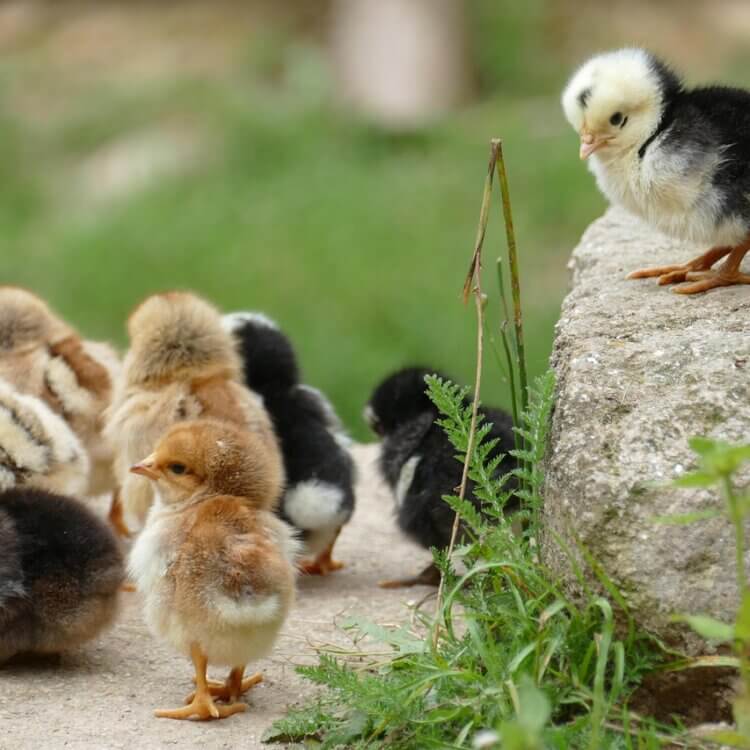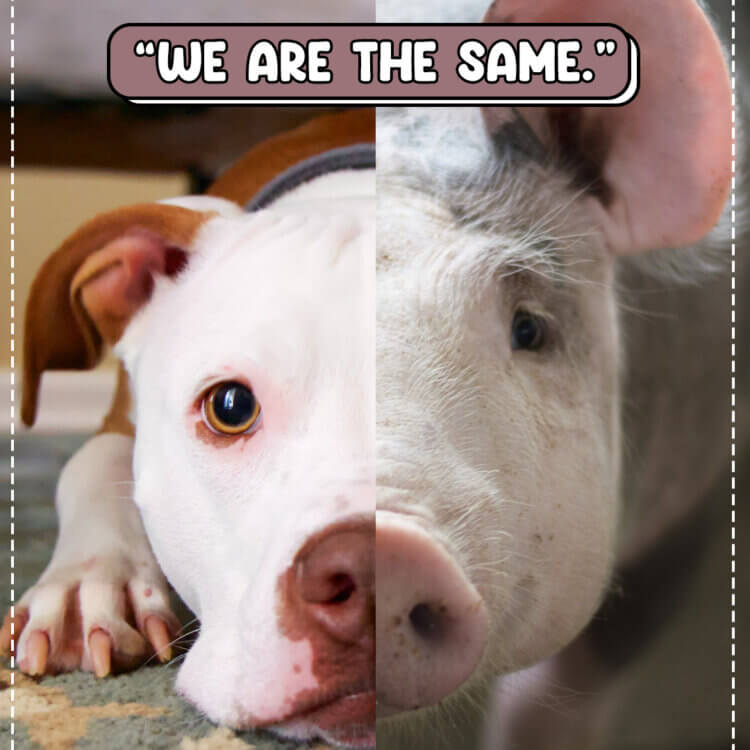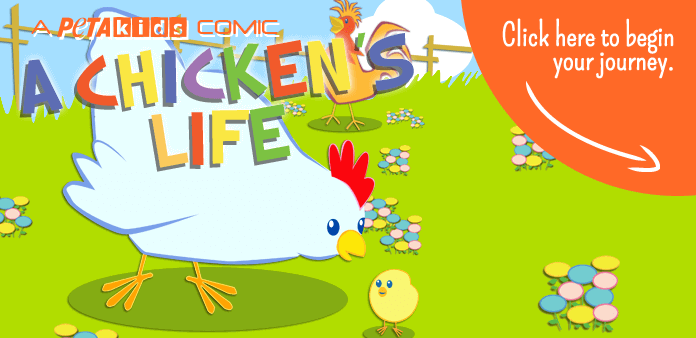Food
From kindergarten through high school, we help students see animals as individuals—not ingredients. In grades K–2, we focus on their needs and personalities (because once you know a chicken loves dust baths, you know that life in a cage is cruel). By grades 3–5, we start exploring real-world issues and human impact, and in grades 6–12, we spark critical thinking about society’s treatment of animals—helping students connect the dots and discover how they can make a difference.
Explore

Lecciones y recursos de español — TeachKind
Una colección de recursos de TeachKind en español.

DIY: Make Vegan Ice Cream with Your Students
Set aside some time to make vegan ice cream with your students in the classroom.

The Truth Behind Dairy and Egg “Education” in Schools
Most educators would agree that when young people are presented with a topic at school, they should receive a balanced …

Cognitive Dissonance and How We Treat Animals
Cognitive Dissonance & the Meat Paradox: Free Activities for Grades 6–12 Cognitive dissonance—which is defined as “the state of having inconsistent …
What’s New

Learning Compassion From Martin Luther King Jr.
Use Dr. King’s inspirational quotations about social justice to introduce students to civil rights and animal rights and ways they can take action.

Crazy Cool Facts About Cicadas to Foster Curiosity and Compassion
You can get your students excited to practice informational writing and foster empathy for other sentient beings at the same …

What This School Does for a Duck Is Your Inspiration Today
You might need a tissue handy. This beautiful story highlights the power of compassion in action.

